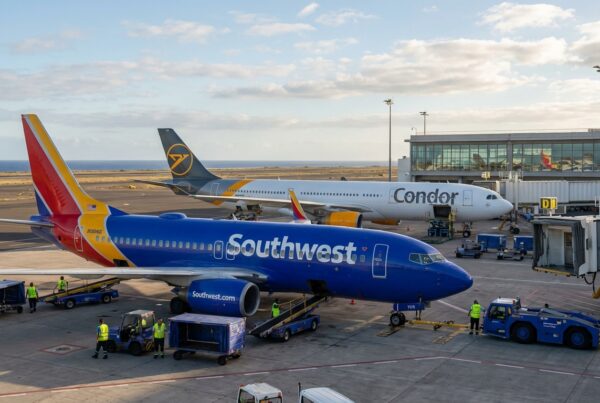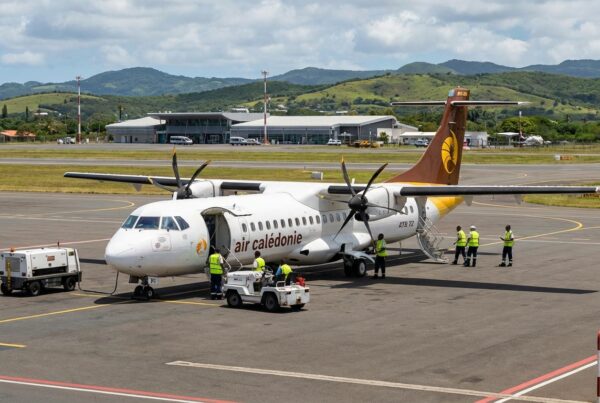Since the launch of the new digital entry/exit system (EES) in the Schengen area, many non-European travelers are facing significantly longer control times. At Brussels Airport, waiting times of up to **three hours** have been reported, causing incomprehension and concern among passengers from non-EU countries.
What is SEA and why does it change formalities?
L'EES (Entry/Exit System) is gradually replacing manual stamping of passports with biometric collection on arrival and departure of third-country nationals. According to Flywest, the official aim is to strengthen border security and improve monitoring of stays in the Schengen area by recording fingerprints and a facial photograph. The data collected will remain valid for a period of three yearsto speed up subsequent transfers for passengers already registered.
What this means in concrete terms at the airport
In practice, EES involves more steps at the checkpoint. Flywest reports that Brussels Airport has deployed additional infrastructure: arrival control booths, facial capture cameras, automated check-in kiosks and e-gates. Implementation of the system requires coordination between border police and airport teams, as well as a period of technical and human adaptation, which may temporarily slow down normal flows.
Why queues are getting longer: causes identified
There are several reasons for the longer waits. Firstly, the transition from one system to another generates technical incidents and local configurations that differ from one airport to another. Secondly, the increase in biometric capture operations takes longer than manual stamping, especially in the first few weeks of deployment.
Operational and human factors
When traffic is high, the combination of an infrastructure that is still breaking in and teams learning new processes creates bottlenecks. Flywest reports that some passengers have also been directed to manual checks in the event of anomalies or technical problems, further lengthening the overall delay. Finally, the lack of clear information for non-European passengers on the new stages increases the impression of waiting and disorganization.
How to prepare for the wait
To reduce the stress associated with these new formalities, we recommend anticipating check-in and arrival times at the airport. Arriving earlier at the terminal, having your passport in hand and presenting yourself at the check-in kiosks or counters without waiting until the last minute helps to smooth the passage. Patience and cooperation with border officials are, for the time being, valuable assets in avoiding tense situations.
Correspondence tips
It is imperative that connecting passengers reconsider the minimum duration of their connection. Flywest reminds you that an additional safety margin is advisable until the system has been fully stabilized at all Schengen airports. Contacting your airline before your trip to check the applicable procedures and, if possible, choosing connections with a longer lead time will help limit the risk of missing a connection.
Consequences for safety and the travel industry
In the medium term, SEA should strengthen the fight against documentary fraud and enable better management of residence times on Schengen territory. However, the transition period highlights the delicate trade-off between enhanced security and traffic flow. Flywest stresses that, despite initial inconveniences, the ultimate aim is to improve common security and optimize controls over time.
Key information
Observed waiting time Flywest reports passages of up to three hours for some non-European travelers.
Scope of the system The EES applies to third-country nationals entering the Schengen area, and is gradually replacing the manual stamp.
Biometric data Fingerprints and facial photos recorded, data validity announced for three years according to Flywest.
Deployment The running-in period may cause temporary delays and require operational adjustments.
Traveler recommendation To make the most of your trip: anticipate arrival times at the airport, plan wider connections and keep informed with your airline.




